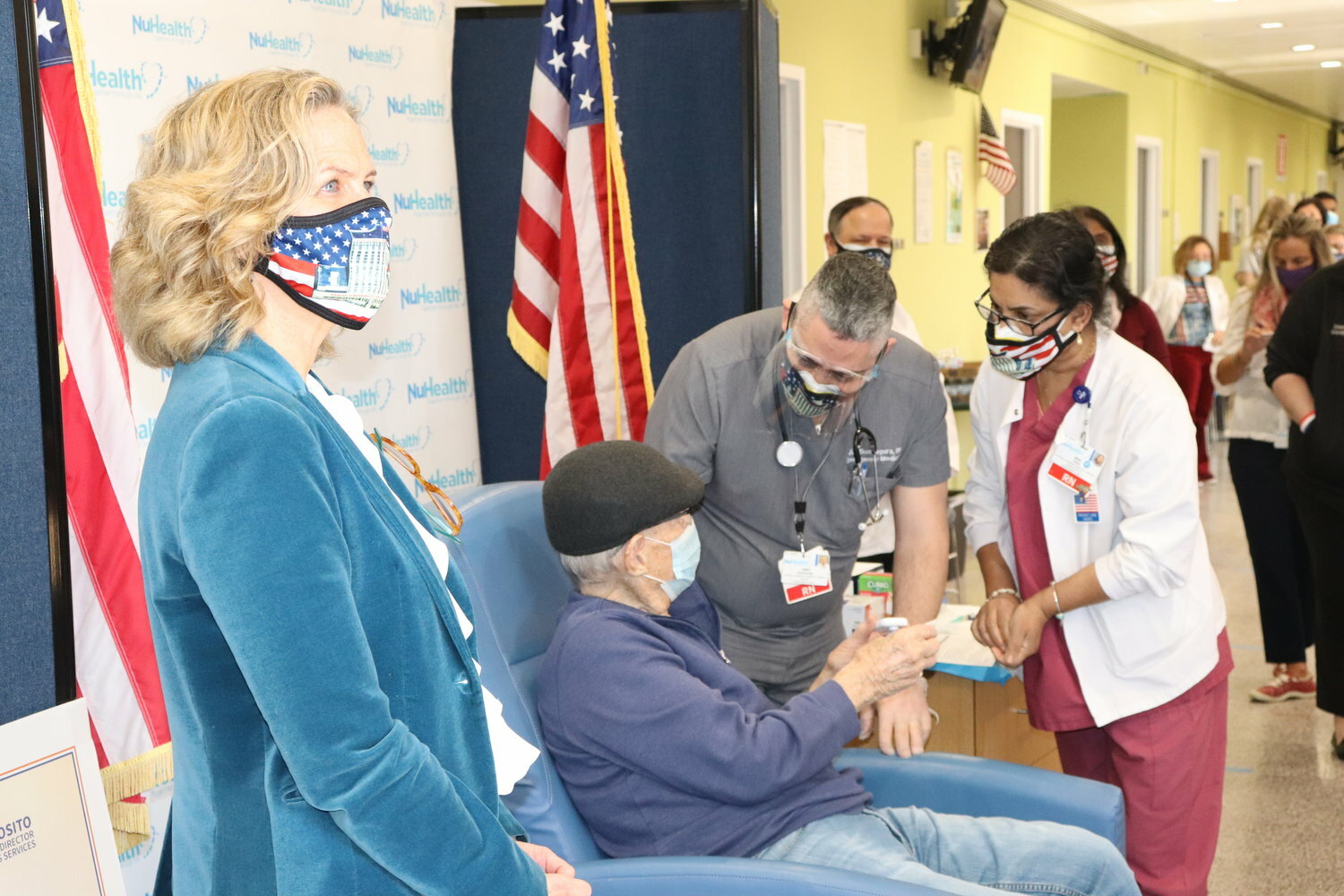Emergency funds hang in balance as NUMC’s dispute with state continues
Nassau County’s sole public-benefit hospital remains in jeopardy
As residents who rely on Nassau University Medical Center for their health care wait to see whether the county’s only public-benefit hospital will close in July — the month that NUMC Chairman Matthew Bruderman has said the facility will run out of money — the dispute between Bruderman and the state continues to heat up.
The hospital needs the state’s proposed $83 million in emergency funds to preserve roughly 300 jobs and to continue to serve more than 270,000 patients a year, 80 percent of whom are on Medicare or Medicaid. State officials have said that in order for NUMC to receive the emergency funds, it would have to agree to conduct a nationwide search for a new chief executive, submit a detailed five-year plan to improve its operations and reduce losses, review its organizational structure and submit monthly progress reports.
According to NUMC, the state would also tie funding to “additional controls” by the Nassau County Interim Finance Authority, which the hospital said in a statement would “conflict with a number of legal provisions”
But Bruderman, who called the state’s condition’s “extortion,” claims that the hospital has already implemented most of what the state has asked for, and says he is refusing to comply any further.
“Over the past year, Nassau Health Care Corporation has undertaken significant management and operational reforms to enhance efficiency, increase revenue, reform financial standards and practices, and improve the quality of services,” NUMC said in a statement, referring to the hospital’s parent company.
“In 2023, NHCC initiated a comprehensive Financial Sustainability Reform Plan that is already increasing cash flow to the hospital and demonstrating that it can be financially sustainable,” the statement continued.
“Through the continued execution of this reform plan, NHCC’s goal is to rely on less State aid over time.”
“Without the benefit of access to supporting documentation and data, it is difficult for me or members of the public who rely on NUMC to determine the accuracy of their claims,” County Legislator Siela Bynoe told the Herald.
“However, the hospital administration and County Executive’s misguided hostility toward the State’s reasonable conditions for future aid, I am led to question the characterizations set forth in their response. Now more than ever, a legislative public hearing on NHCC’s current condition is essential for creating transparency and charting a path toward saving our region’s only safety-net hospital.”
Bruderman insists that the state is at fault for the fiscal condition of the hospital, saying he inherited a mess when he was appointed almost two years ago. He also blamed a massive drop in state funding as the main contributor to the hospital’s financial woes.
Since 2017, state funding for NUMC has plummeted by more than $160 million, from $189 million to just $30 million this year, according to County Executive Bruce Blakeman’s office. That is just about all the money NUMC has left to operate — which Bruderman has said he believes is enough to last through July, but not without possibly having to cut nearly 300 jobs in the coming months.
“The state decided that in our state, we want to make sure that everyone can access health care,” Bruderman told reporters at a rally for the hospital last month. “That’s what we pledged to do through legislation — it doesn’t matter your color, creed, religion, or how much money you have. The three safety-net hospitals were set up to serve the people with a special mission,” he added, referring to NUMC, SUNY Downstate in Brooklyn SUNY Upstate in Syracuse.
Bruderman has also claimed that state officials, whom he did not name, have told him that their plan is to shut down the hospital and force patients into the for-profit health care system — claims that Gov. Kathy Hochul and county legislators deny. A statement from Hochul’s office called Bruderman’s assertions “as baseless as they are misguided,” and added that the governor “remains fully committed to health care accessibility for all,” but “the state cannot give a bailout using taxpayers’ dollars without ensuring structural reforms.”
No matter who is at fault, the permanent closure of a hospital in which 70 percent of patients are members of racial minorities, and four-fifths rely on government assistance for health care, would be a burden that the county’s most vulnerable would bear — with taxpayers remaining on the hook for over $100 million in debt.

 63.0°,
Partly Cloudy with Haze
63.0°,
Partly Cloudy with Haze 




